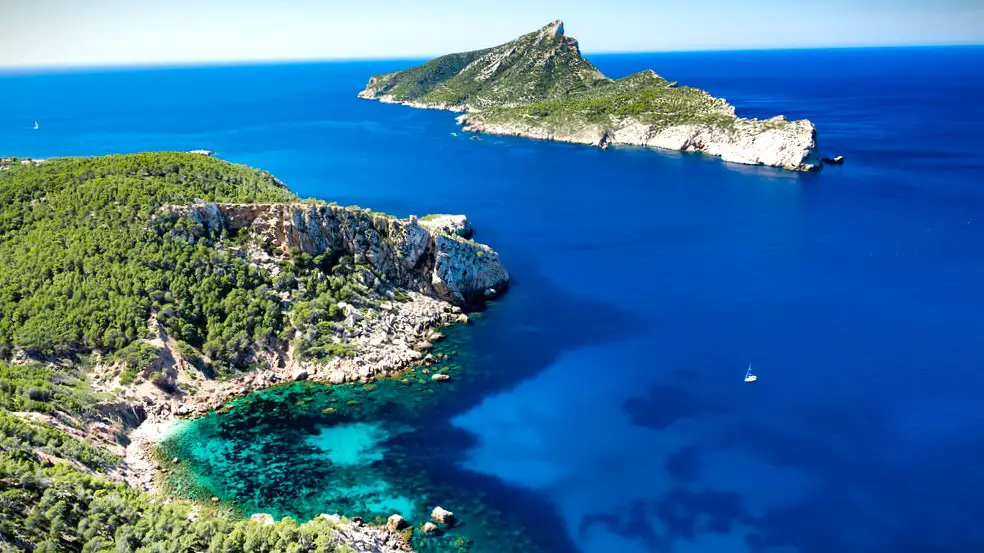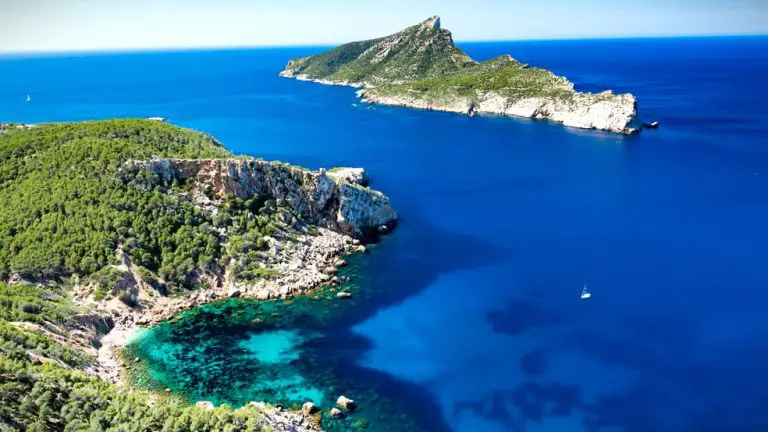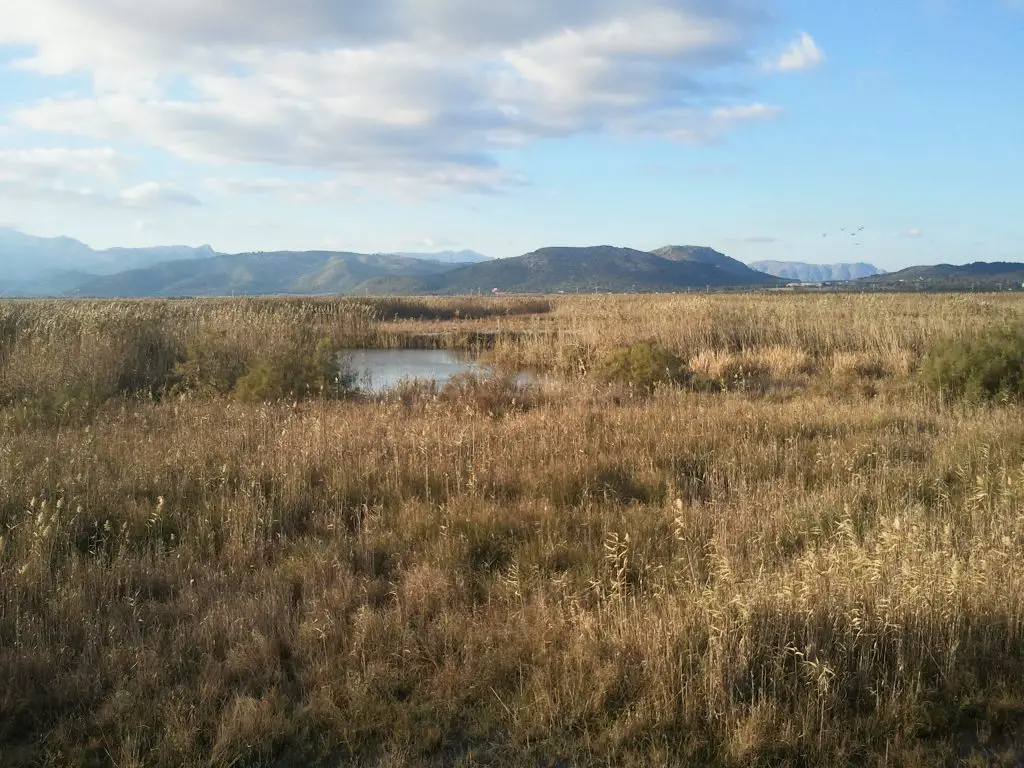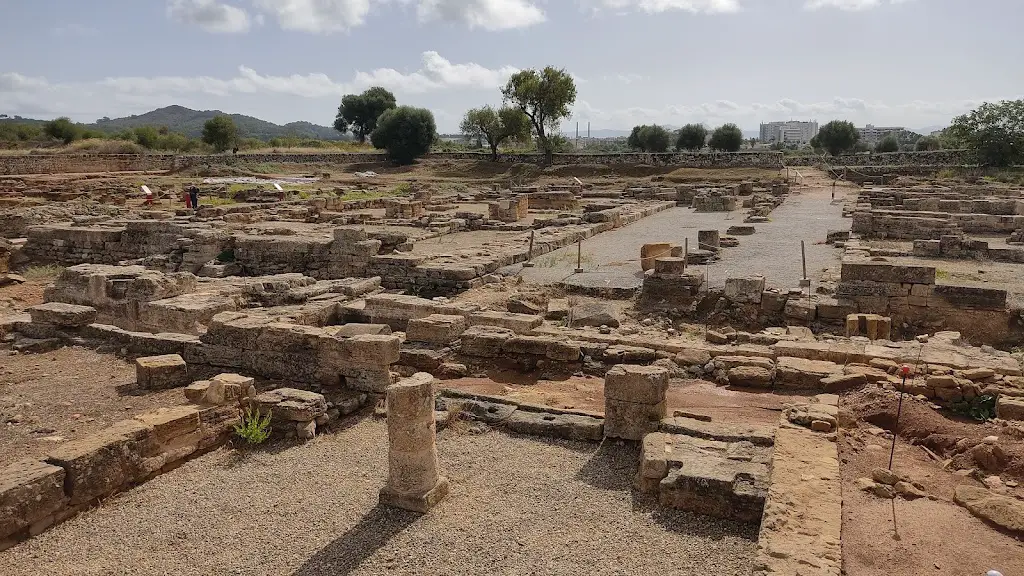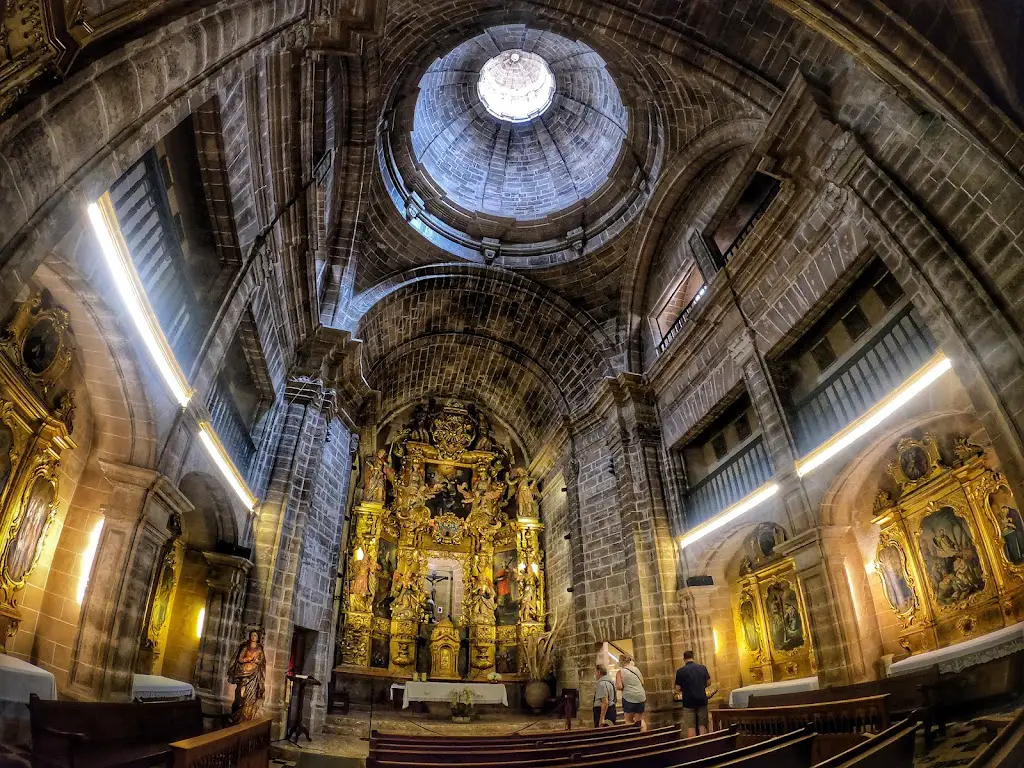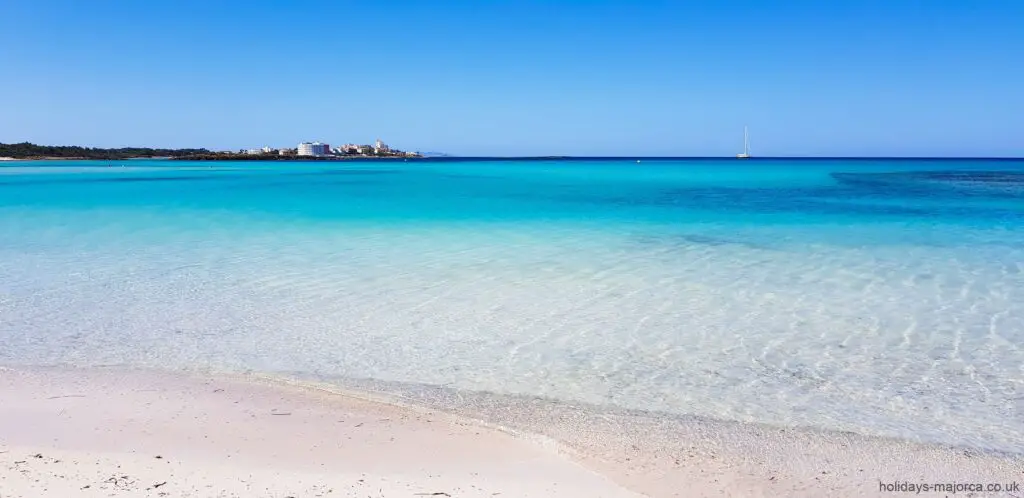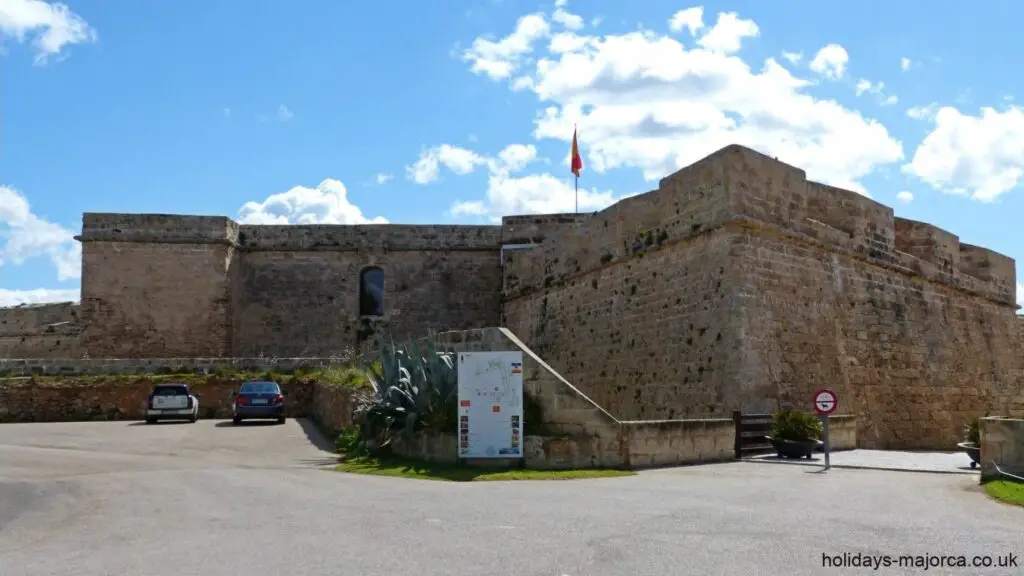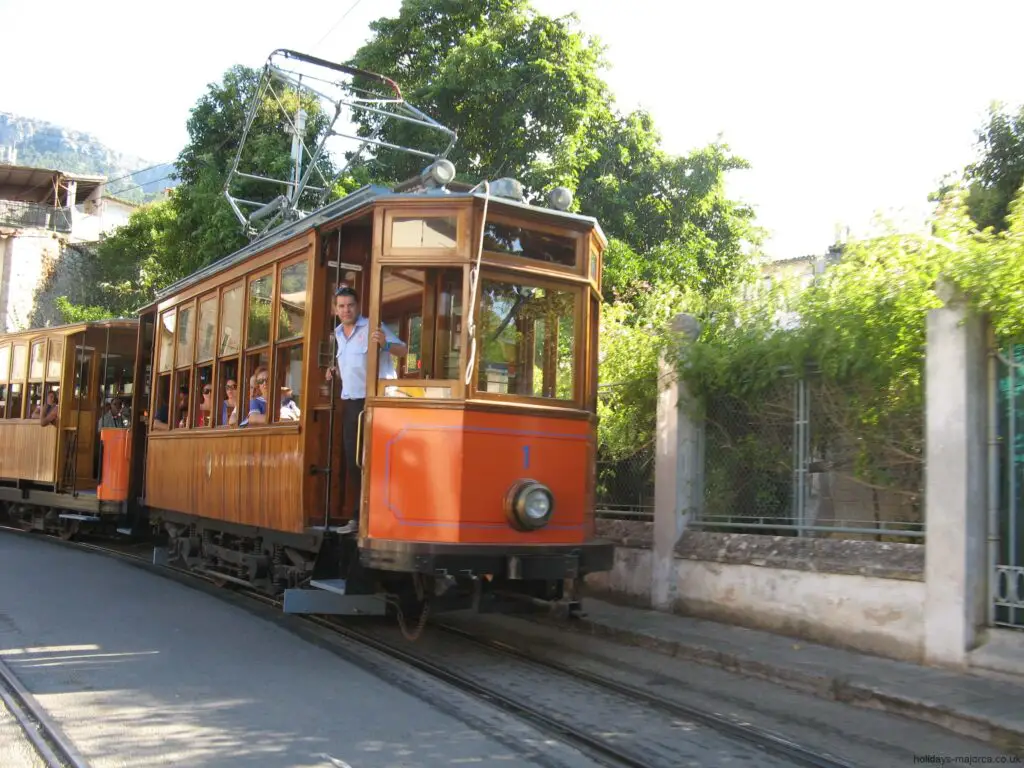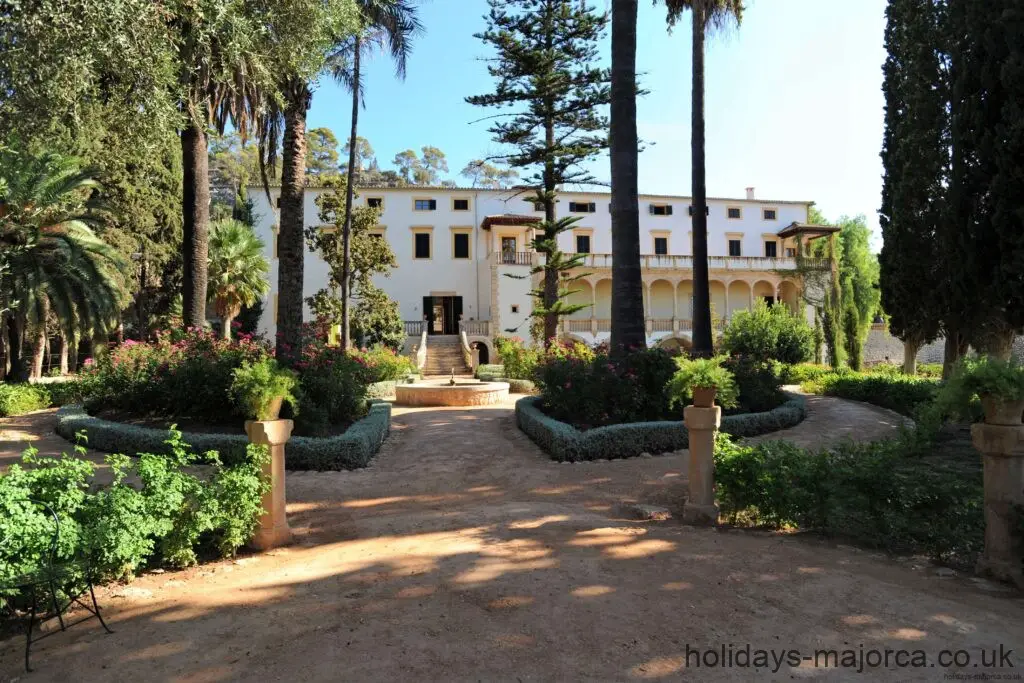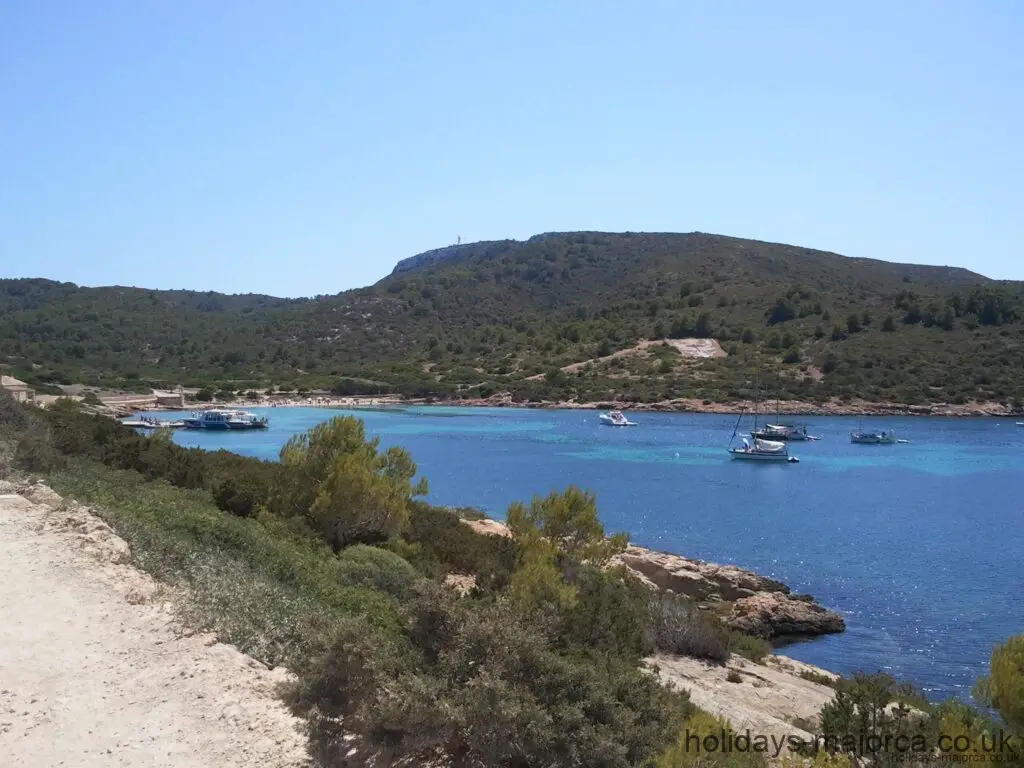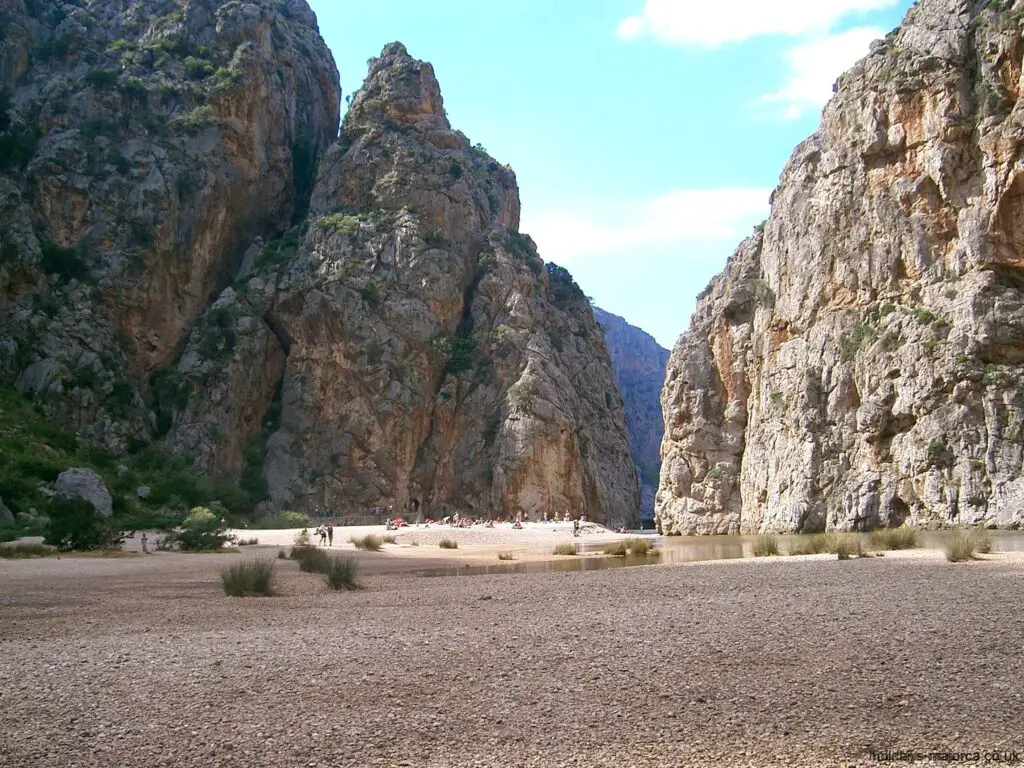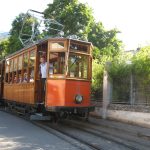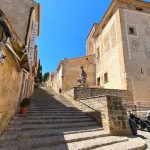Table of Contents
With its sweeping Mediterranean beaches, breathtaking coastal views, and ancient historic sites, the Spanish island of Majorca offers boundless adventures for travellers.
The diverse landscapes, rich cultural heritage, and laidback island lifestyle have so much to offer. Whether you seek adventure, nature, history or relaxation (or perhaps all of the above!) on your Balearic getaway, our Majorca travel guide has inspiring destinations picked just for you.
Let’s uncover these best things to do that capture the true spirit of Majorca!
Sa Dragonera Natural Park
Sa Dragonera Natural Park is a small, spectacular nature reserve located off the southwest coast of Majorca. Comprised of the islands of Sa Dragonera, Sa Mitjana, and Illot des Pantaleu, this 274-hectare park bursts with unique fauna, exotic flora and captivating seabird colonies.
Get exclusive online discounts on all kinds of Majorca trips & activities
Its cliffs, secluded coves, and panoramic walking trails transport visitors to a rugged, untouched paradise. Sa Dragonera has become a symbol of conservation in the Balearics and one of Mallorca’s most treasured natural habitats.
The visitor experience begins at Sa Dragonera’s port, where boats transport tourists across a scenic 800-metre channel from Sant Elm or Port d’Andratx. Knowledgeable naturalist guides offer boat trips and tours.
Four colour-coded hiking trails weave through the park, ranging from easy 30-minute loops to moderate 3-hour treks with over 300 meters of elevation gain. Trailside information panels detail the island’s unique ecology.
Park staff organise activities like birdwatching, stargazing, marine talks and workshops focused on species like lizards and birds of prey. Visitors can also volunteer to help with conservation projects.
Calvari Steps – Pollensa
The Calvari Steps are a striking landmark in the town of Pollensa (Pollença) in northern Majorca. This monumental stairway consists of 365 stone steps that lead up to a tiny chapel and viewpoint high above the town.
Tracing a winding route up the hillside, the steps are lined with cypress trees and stone crosses representing Jesus’ journey to crucifixion. For visitors to Pollensa, climbing the Calvari Steps is an unmissable experience that combines sightseeing, history, stunning views and even some light exercise!
Climbing the 365 steps to the top of Calvari hill is an unforgettable experience combining sightseeing, culture, history and a touch of adventure! Setting out from the bottom it initially seems an easy stroll, but the climb soon intensifies with the steps becoming steeper and narrower.
The sense of achievement upon reaching the top viewpoint is immense, as the stunning panoramas across Pollensa and beyond open up. The physical ascent usually takes around 15 minutes for the average visitor, depending on fitness levels. There are a few spots to pause for rest and photos along the way. Be prepared for the climb down to be tougher on the knees!
S’Albufera Nature Reserve
A true natural wonder lies on the northern coast of the sunny Spanish island of Mallorca – the S’Albufera Nature Reserve.
Spanning some 1,600 hectares of protected dunes, wetlands, salt marshes and coastal woodlands, the reserve is one of the most important wildlife habitats in the Balearic Islands.
With its diverse ecosystems and migratory location between Europe and Africa, S’Albufera attracts over 240 species of birds each year, making it a premier destination for birders and nature enthusiasts.
In this expansive wetland landscape surrounding Mallorca’s picturesque Alcúdia Bay, visitors can spot everything from graceful flamingos to regal ospreys amongst the reeds.
Beyond rare bird sightings, the nature reserve also provides a peaceful natural escape from the island’s bustling beach resorts. With hiking trails, cycling paths and scenic viewpoints, it’s easy to lose yourself for hours exploring S’Albufera’s natural beauty.
Pollentia Roman Ruins
Nestled between the sweeping bays of Pollensa and Alcudia lies an ancient treasure – the ruins of Pollentia. Once a thriving Roman city, these remnants provide a glimpse into Mallorca’s past.
Founded in 123 BC, Pollentia bears witness to over two thousand years of history. Though only partially excavated, the site offers intriguing insights into Roman civilisation.
Its well-preserved theatre, forum, and houses conjure images of a long-lost world. This article delves into the history, architecture, exhibits and visitor experience of Pollentia.
Wandering through the ruins of Pollentia is an atmospheric experience, heightened by birdsong and dappled light. One can easily lose track of time whilst uncovering layer upon layer of history.
The initial ruins soon open up into a sprawling landscape with the theatre located further afield. Comfortable shoes are a must whilst meandering down stony paths. Tree cover provides some reprieve as the summer sun beats down.
Whilst some imagination is required, informative signs allow you to piece together remnants into a grander vision. Witnessing the contrast of crumbling rubble against the Tramuntana mountains never fails to inspire awe.
The ability to freely explore makes it all the more engaging for visitors. Regular special events, theatre performances or historical reenactments serve to further transport you back through the ages.
Alcudia Church of Sant Jaume
The historic Church of Sant Jaume is located in Alcudia, Mallorca. This historic church is one of the most iconic landmarks in the medieval walled city of Alcudia, giving visitors a glimpse into Alcudia’s rich culture & history.
With parts of the original 13th-century stone church still intact, this carefully preserved monument provides an architectural timeline spanning over 700 years.
This article delves into the long and storied history of Alcudia’s patron saint church, analyses its evolving Gothic-inspired architecture and design, showcases unique features like the dazzling 18th-century Baroque-style altarpiece, describes what visitors can expect when touring the church and museum, and provides practical tips for making the most of your visit.
Discover why so many visitors flock to admire this beautiful historic church at the heart of old Alcudia.
Majorca’s 5 Best Beaches
We’re big fans of spending a day at the beach here, so we came up with a list of our 5 best Majorca beaches. If you’re taking a Majorca holiday this year, depending on your location the beaches on our list can be accessed by foot, car, bus or boat.
The beauty of the coastal areas and the wonderful sunsets are really what make the beaches here so special. We’ve included an overview of the best beaches on the whole of the island. If you like the idea of spending a day at the beach and want to get the most out of your visit, read on!
Palma de Mallorca San Carlos Castle
Built at the beginning of the 17th century to protect the merchants arriving at the port, the Castle of San Carlos is an imposing fortress overlooking Palma de Mallorca.
Nowadays it houses a complete museum narrating the military history of Mallorca. The San Carlos Military History Museum is located in the well-known Dique del Oeste in the Bay of Palma.
It is a military castle that has preserved practically all of its rooms. These rooms are now used as exhibition spaces for permanent & temporary collections.
The Palma to Soller Train
Majorca has a modern and up-to-date electric railway that runs from Palma to Inca and it can be a good way to get about that part of the island. However, it is the old railway of the Palma to Soller train ride that is the one to take purely for the experience.
It is not a fast trip, as it takes just over an hour to cover 16 miles at a fairly low average speed, but it is one of the best railway journeys you will take! The line was not built for tourists, however, but as a solution for the transportation of oranges!
In the early part of the 20th century, it was discovered that vitamin C was good for human health and so the demand for citrus fruit increased. Many citrus fruits, particularly oranges, were grown in the Soller area.
Before the railway, it took ten hours to get the fruit from Soller to Palma by road, which was also quite dangerous, particularly during the winter. The railway was the ideal solution and it was paid for by the inhabitants of Soller, each buying shares in the line for 500 pesetas (about 3 euros) a share, to cover the total cost of 3.5 million pesetas.
An interesting point for visitors from the UK is that the train carriages were all built in England. The line opened on the 16th of April 1912 to a rapturous send-off for its first journey from Soller to Palma and could carry a great deal of cargo as well as passengers.
The motive power at this time was steam, but in 1929 electric locomotives replaced the steam engines, some of these are still in use today.
In the mid-20th century the oranges were again taken by road and it looked as if the railway may be forced to close, however, tourism saved the day, as people visiting Majorca found the experience breathtaking and so the line survives to this day.
The trip can be taken in either direction, but we think Palma to Soller train gives the best impression of this beautiful line.
Raixa Estate Gardens
The house and gardens of Raixa have Arabian origins. With the abundance of water and the fertility of territories of this privileged place, the Moors founded the Araixa farmhouse here during their time in Majorca, where the present name of the property comes from.
Under Arab rule, art, architecture and economy bloomed for 300 years in the area. The gardens of Raixa and Alfabia, with their advanced irrigation systems, are a clear example of Arabian ingenuity during the period.
Cabrera Isalnd Nature Reserve
Cabrera has around 17 islands with a total of 13 square kilometres of landscape, which can be reached after about a one-hour boat trip from Majorca.
Cabrera is a protected ecosystem for marine birds, plants and beautiful seabeds. The reserve has approximately 1,318 hectares of surface land and 8,703 hectares of seabed, with a maximum sea depth of 118 meters.
On the main island, there is a 14th-century castle, which is declared a Balearic historic and artistic monument. Built to protect both Cabrera and Majorca from North African Barbary Pirates, fire signals were lit to warn of their arrival.
As pirates became less prevalent in the area, more interest was placed on farming, but after the Battle of Bailen in 1809, Cabrera was offered as a prison for French prisoners of war where they were held for 5 years.
During the 19th Century, the Feliu family tried to repopulate Cabrera by cultivating wine, but in 1916 the area was expropriated for Spanish national defence interest and a 30-man garrison was installed to control the island.
Cabrera has been a National Maritime Park since 1991 and it was also included on the Network of Special Protected Areas for Birds as it is a migratory stop for over 150 bird species, and has over 200 fish species endemic to its seabed’s.
Torrent de Pareis
To get to the Torrent de Pareis, make your way north towards Inca, follow the road for Selva and then on to Caimari. After a while, you will then start to see the signs for Sa Calobra.
The road, with its hairpin bends and classic views, takes you ever downwards to your ultimate destination.
There is a café halfway down this ‘rollercoaster’ of a road, and I always take a break here! Once at the bottom, you will come to the car parking facilities – it is one of the relatively few places on the island where you have to pay.
Once parked, the rest of the journey down to the base of Torrent de Pareis is on foot until you find you are faced with a choice of which way to go – go to your right here.
Once you have passed by the various bars and shops (tastefully incorporated into the landscape), you think that the way is coming to an end – don’t be fooled by this!
Carry on walking and you will see a tunnel cut through the rock, this tunnel gives way to yet another, which in turn will lead you to the Torrent de Pareis. Both of these tunnels are lit by electric lights and in the season can get quite crowded.
There are ‘windows’ in the tunnels which give views of the bay which lies at the end of the Torrent.
Once out into the open again, you will find a dramatic vista of rock cliffs and a cathedral-like space where the Torrent de Pareis meets the sea.
A word of warning, however, don’t proceed any further if a lot of rain threatens, as the gentle stream that flows in the valley bottom can become just what it is called – a torrent – in a very short time.
Most days though you will be able to walk inland on the pebbles up the striking valley of the Torrent de Pareis, crossing the stream(or even paddling in its cool water) until you can go no further.
On the return trip, you will turn a corner and take in the dramatic scenery where the stream meets the sea.
It is a breathtaking sight and, as a matter of interest, it is the second-largest ravine in the Med!
A short part from the film The 7th Voyage of Sinbad was filmed on the beach here.
Na Burguesa Viewpoint
The Burguesa Viewpoint offers panoramic views of the bay of Palma. At night time it is one of the most romantic points in Majorca.
Once at the top, there is a parking area and some easy paths allowing walks around the woods to go around the mountain and also get excellent views over the southwest of Majorca: Calvia, Palma Nova and Magaluf.
Magaluf Water Parks
There are two Magaluf water parks, Western Water Park & the small splash park which is part of the attractions at Katmandu. Western Water Park is situated about 1 KM from the south end of Magaluf beach on the Carretera Cala Figuera a Sa Porrasa.
The Katmandu Theme Park is located on Avenida Pedro Vaquer Ramis, in the centre of Magaluf.
Whilst it can prove quite expensive for a family, both parks offer a great day out and will keep the whole family entertained for the entire day.
You’ll be in and out of the water all day, so make sure you keep your sun protection lotion topped up!

Mark Kaye is a travel writer and content creator living in Majorca, Spain. Originally from the UK, Mark moved to the island and quickly fell in love with Majorcan culture, food, and scenic landscapes. When he’s not busy writing detailed guides about Majorca’s top tourist attractions and hidden local gems, you can find him out exploring coastal trails or wandering the streets of Palma’s Old Town in search of his next great restaurant discovery.
